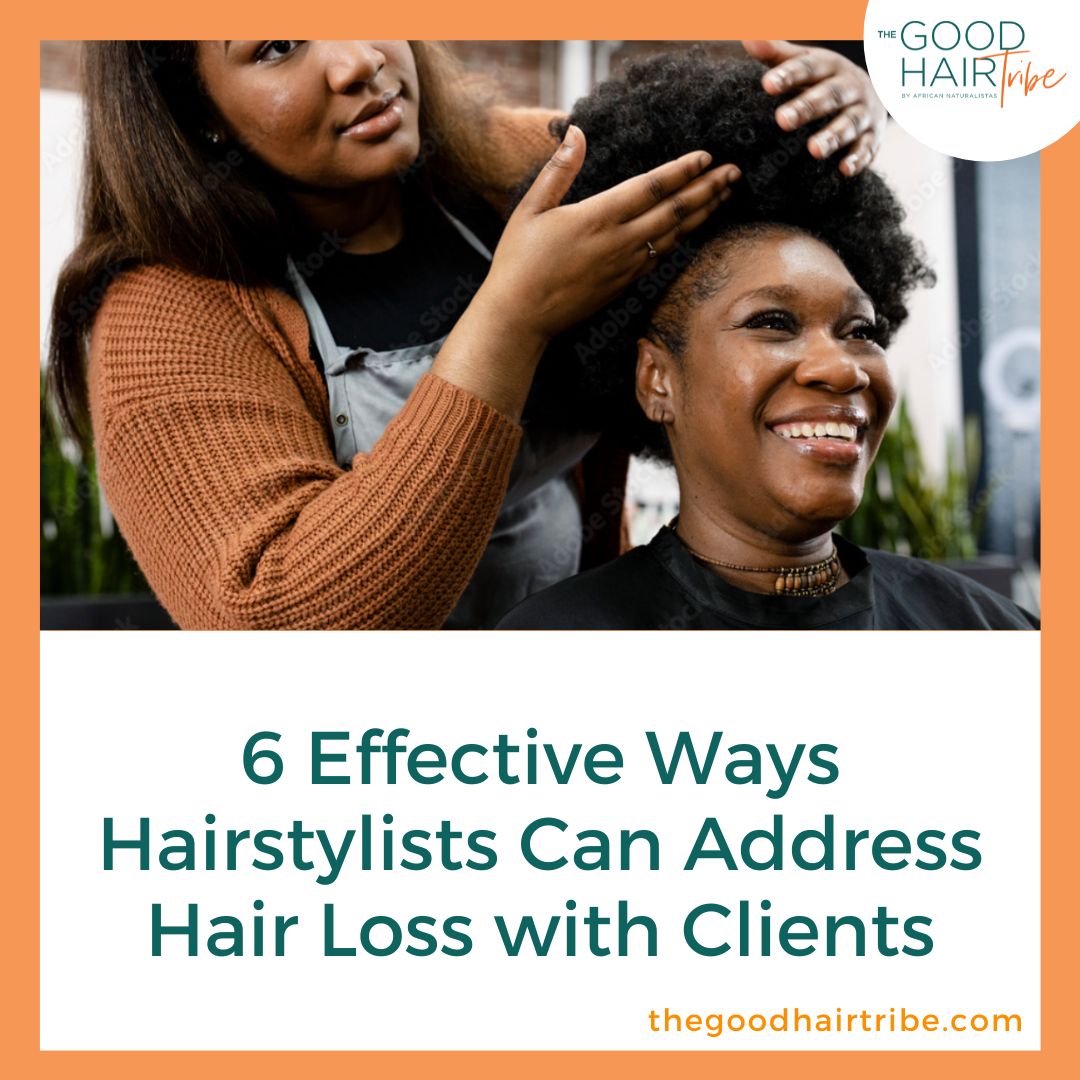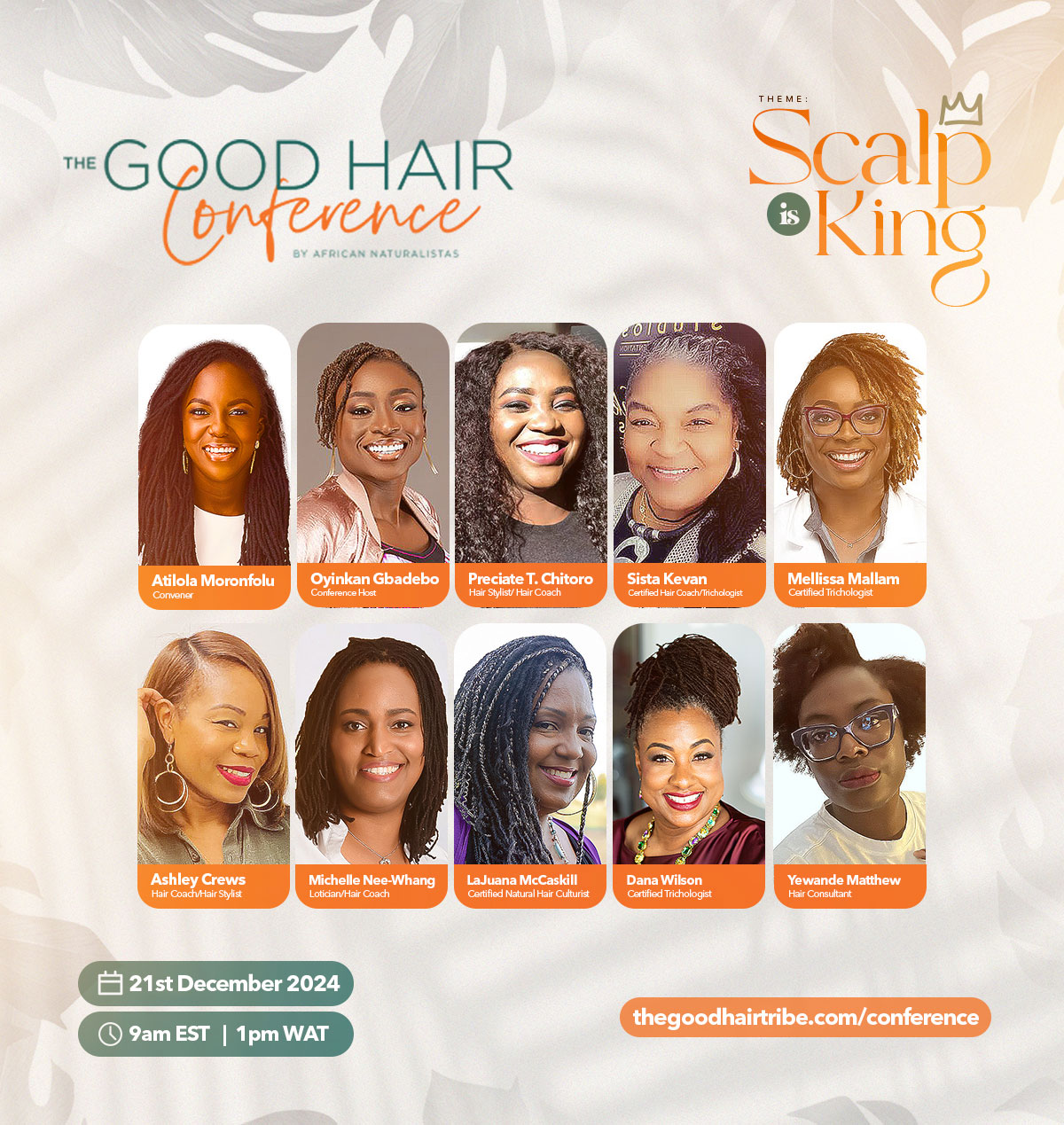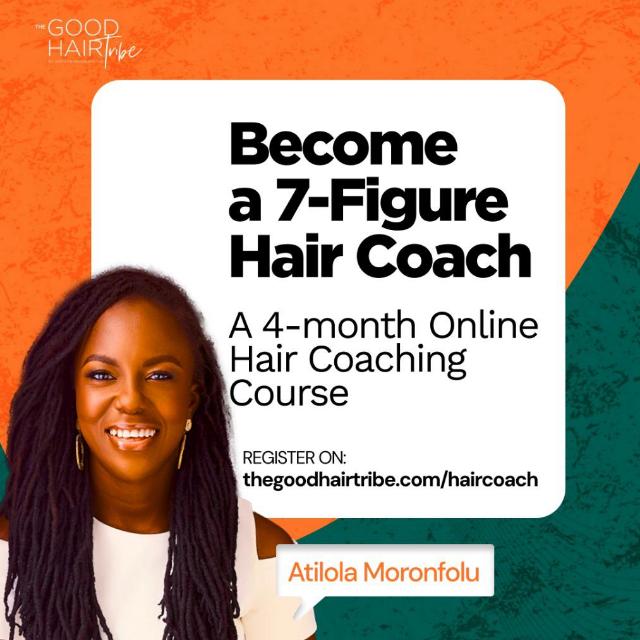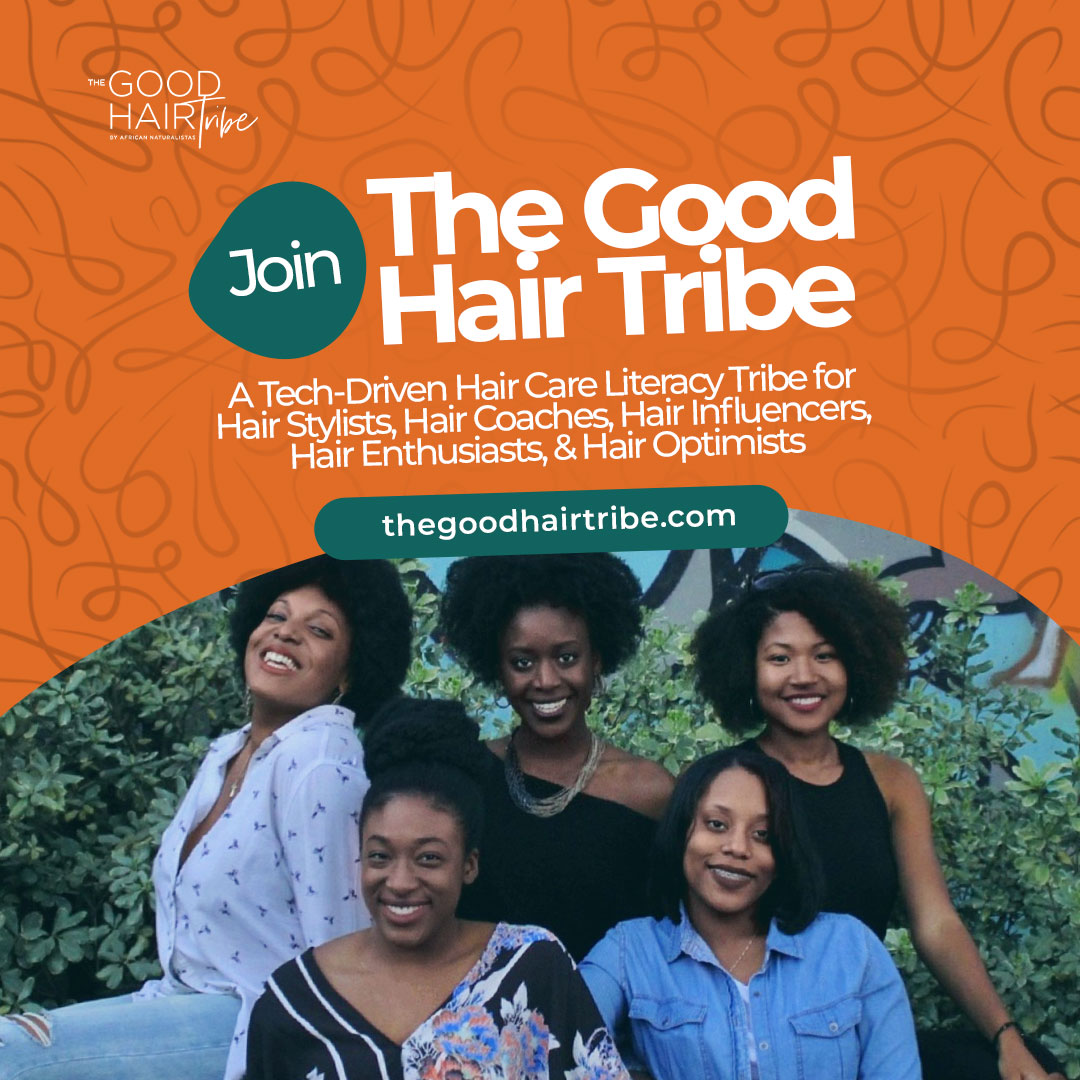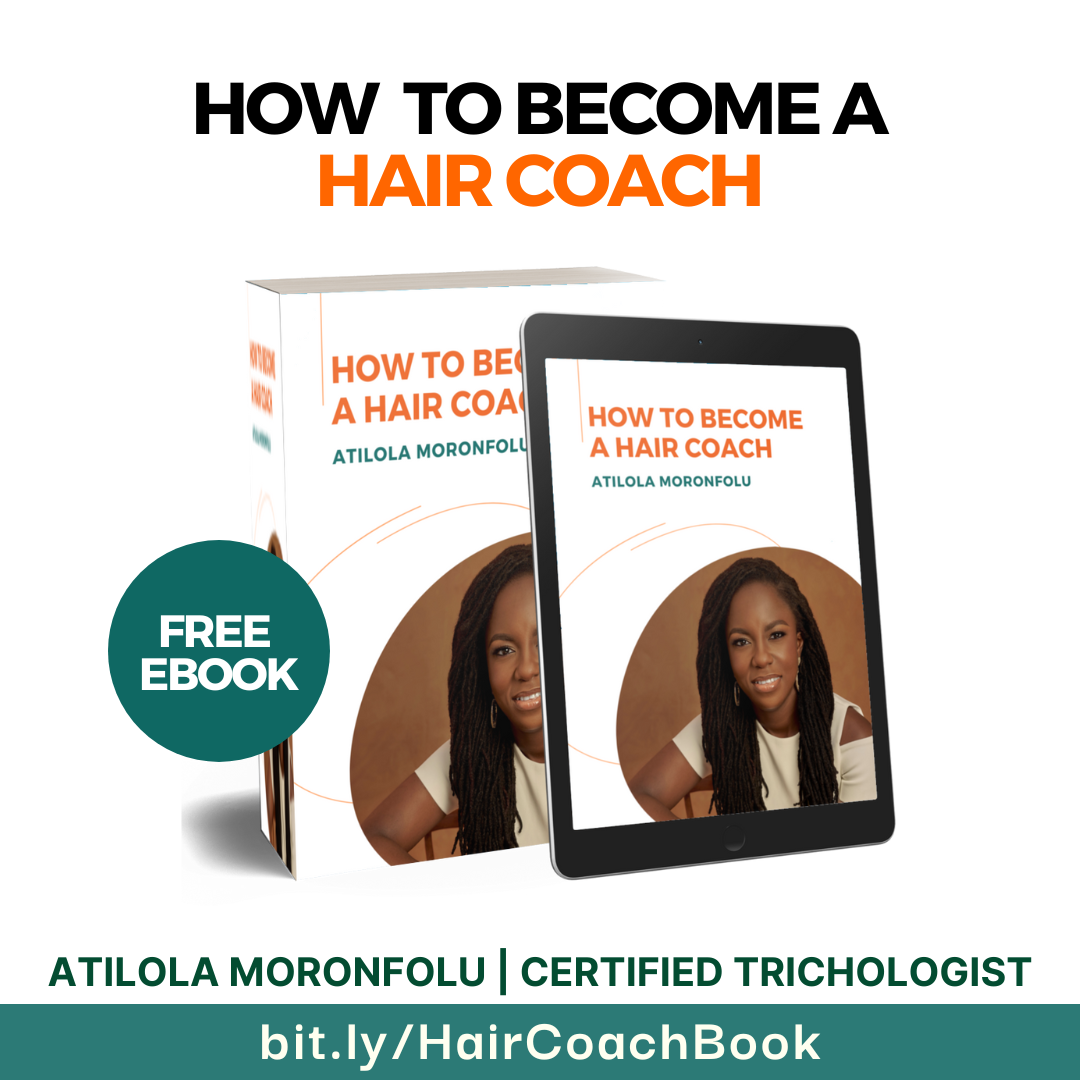Hair Loss can be a sensitive topic for many individuals, and as a Hairstylist, it's important to be equipped with knowledge and techniques to help clients address this issue. Whether it's thinning hair or balding spots, there are ways that you can assist your clients in dealing with Hair Loss.
In this article, we'll explore six effective ways that Hairstylists can address Hair Loss with their clients.
1: Offer a Hair Consultation
Offering a consultation is an essential step for Hairstylists to address Hair Loss with their clients. It allows you to assess your client's hair and scalp health, understand your client's concerns, and provide personalized recommendations for Hair Care and styling.
Based on your client's responses, you can recommend specific Hair Care practices and treatments that can help address Hair Loss. This may include suggesting specific Hair Care products, such as a scalp exfoliating shampoo, or recommending lifestyle changes, such as reducing stress levels or improving nutrition.
More so, offering a consultation can help you build trust and rapport with your client. When you take your time to understand your client's concerns and needs, you can provide a personalized approach to Hair Care and styling that meets your client's unique needs. To learn more about how you can offer Hair Consultation to your clients, join the Proactive Hairstylist Challenge.
2: Suggest Hair Care products
As a Hairstylist, suggesting the right Hair Care products can make a significant difference in addressing Hair Loss with clients. The right products can help to nourish the hair, promote hair growth, and prevent further Hair Loss.
When suggesting Hair Care products, it's important to consider your client's hair type, hair concerns, and any underlying conditions that may be contributing to Hair Loss. For example, if your client has a dry scalp, moisturizing shampoo and conditioner can help to hydrate the scalp and prevent flakiness, which can exacerbate Hair Loss.
When suggesting Hair Care products, it's important to explain to your client how to use the products and why they are beneficial for their hair. This can help your client feel more confident in using the products and can ensure that they are using them correctly.
3: Educate your clients on Hair Styling techniques
Hair Styling techniques can play a significant role in addressing Hair Loss. As a Hairstylist, it's important to educate your clients on the proper styling techniques that can help to minimize Hair Loss and promote hair growth.
One common cause of Hair Loss is Traction Alopecia, which is caused by pulling the hair too tightly. This can occur with tight hairstyles like braids, cornrows, and tight ponytails. By educating your clients on the importance of avoiding tight hairstyles and opting for looser, gentler hairstyles, you can help to minimize Hair Loss and prevent further damage to the Hair Follicles.
Another important styling technique to educate clients on is Heat Styling. Excessive heat can damage the hair and contribute to Hair Loss. When using Heat Styling tools like flat irons and curling irons, it's important to use a heat protectant spray to minimize damage to the hair. Additionally, you can recommend using Heat Styling tools at a lower temperature setting to minimize damage and prevent Hair Loss.
When you educate your clients on styling techniques, it's important to explain why these techniques are beneficial and how they can help to address Hair Loss.
4: Offer alternative Hair Styling options
As a Hairstylist, it's important to recognize that Hair Loss can be a sensitive issue for many clients. Offering alternative styling options can help them feel more comfortable and confident in their appearance while also addressing their Hair Loss concerns.
Here are some alternative styling options to suggest to your clients:
Haircuts: Shorter haircuts can create the illusion of fuller hair. Suggest a style that is flattering and easy to maintain, such as a pixie cut or a bob.
Hair extensions: Hair extensions can be a great way to add volume and length to thinning hair.
Wigs: Wigs are a great option for clients who have experienced significant Hair Loss.
Scarves and headwraps: Scarves and headwraps can be a fashionable and practical way to cover thinning hair. Show your client how to tie a scarf or wrap in a way that complements their style and personality.
Hair accessories: Hair accessories, such as headbands, clips, and hair ties, can add style and flair to any hair type.
5: Encourage your clients to seek professional help
While you play an important role in addressing Hair Loss as a Hairstylist, there are some cases where professional help may be necessary. In these cases, it's important for you to encourage your clients to seek out the help of a Medical Professional or Trichologist.
There are many different medical conditions that can contribute to Hair Loss, such as thyroid disorders, autoimmune diseases, and hormonal imbalances. Additionally, some medications and treatments can cause Hair Loss as a side effect. In cases where Hair Loss is caused by an underlying medical condition, it's important for your clients to seek out the help of a medical professional to diagnose and treat the condition.
Similarly, if your client is experiencing significant Hair Loss or balding, they may benefit from the expertise of a Trichologist. Trichologists specialize in the diagnosis and treatment of hair and scalp conditions and can provide clients with a personalized treatment plan to address their specific needs. In the Proactive Hairstylist Challenge, you have the opportunity to learn from a Certified Trichologist on how to effectively help your clients with Hair Loss.
By encouraging your clients to seek out professional help, you can help them get the care and support they need to address their Hair Loss and promote healthy hair growth.
6: Develop your Hair Care Literacy
As a Hairstylist, developing your Hair Care Literacy can help you understand better the causes of Hair Loss and offer effective solutions to your clients. Your knowledge can also help you educate your clients about the importance of Scalp Health and Hair Care, and help them make informed decisions about their Hair Care routines.
Here are some ways to develop your knowledge in these areas:
Attend workshops and classes: There are many workshops and classes available that can help you develop your Hair Care Literacy. Look for classes that focus on Scalp Health, Hair Growth, and Hair Loss prevention. One way to further your education and develop your Hair Care Literacy is to join the Proactive Hairstylist Challenge.
Read industry publications: Industry publications, such as magazines and journals, can provide valuable information about Hair Science and Hair Care. Subscribe to publications that cover these topics and stay up to date on the latest research and trends.
Talk to other professionals: Talk to other professionals in the industry, such as Trichologists or Dermatologists, to gain insights into Hair Science and Hair Care. Moreso, networking with other professionals can also help you build a referral network for clients who need specialized care.
Stay up to date on new technology: Technology is constantly evolving, and new treatments for Hair Loss are being developed all the time. Stay up to date on the latest technologies and treatments by attending conferences and seminars.
In conclusion, as a Hairstylist, you have the power to help your clients address their Hair Loss and Scalp Issues. By implementing the six strategies discussed in this article, you can make a real difference in your clients' lives and build stronger, more trusting relationships with them.
To take your skills to the next level and become a Proactive Hairstylist who is equipped to identify and treat Hair Loss and Scalp Issues, join the Proactive Hairstylist Challenge. This free 7-day challenge is designed to help Hairstylists identify and treat Hair Loss and Scalp Issues in their clients.
By joining the Proactive Hairstylist Challenge, you will be able to: have the Scientific Knowledge and Treatment to help you handle your Clients' hair problems like a Pro, retain clients and build a loyal customer base that trusts you to take care of their hair.


